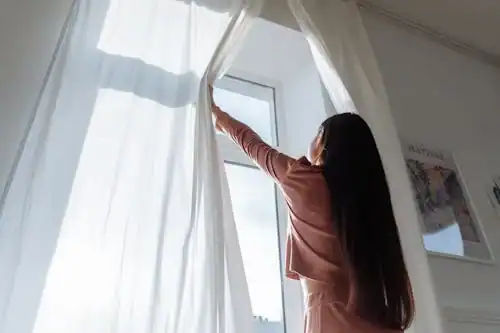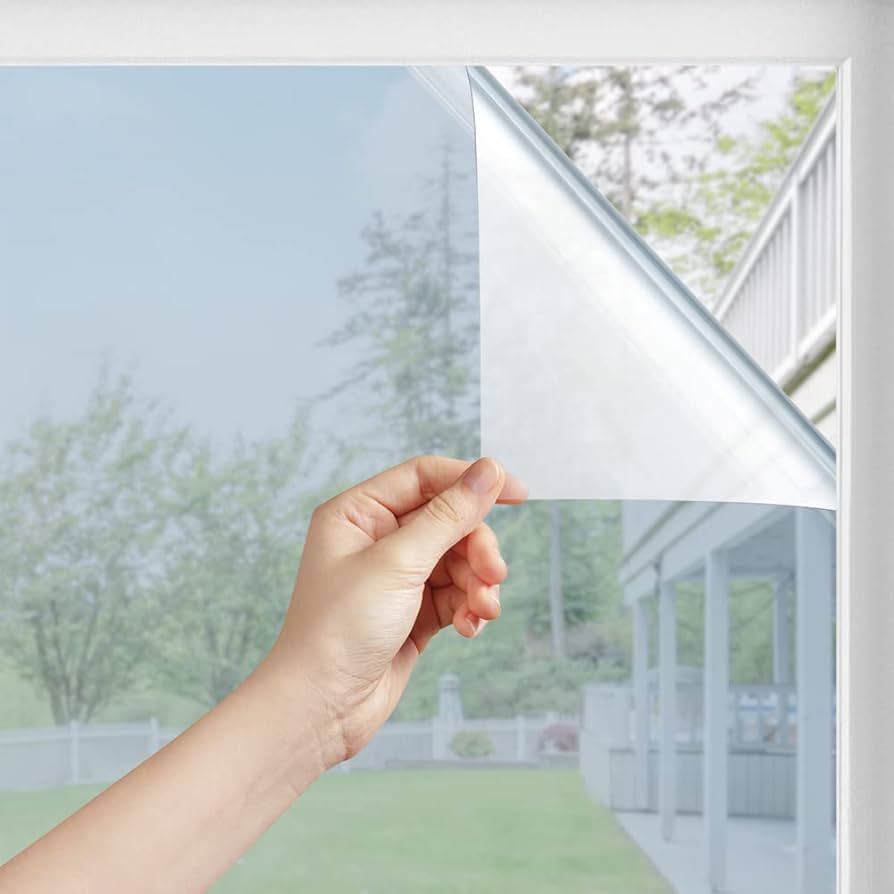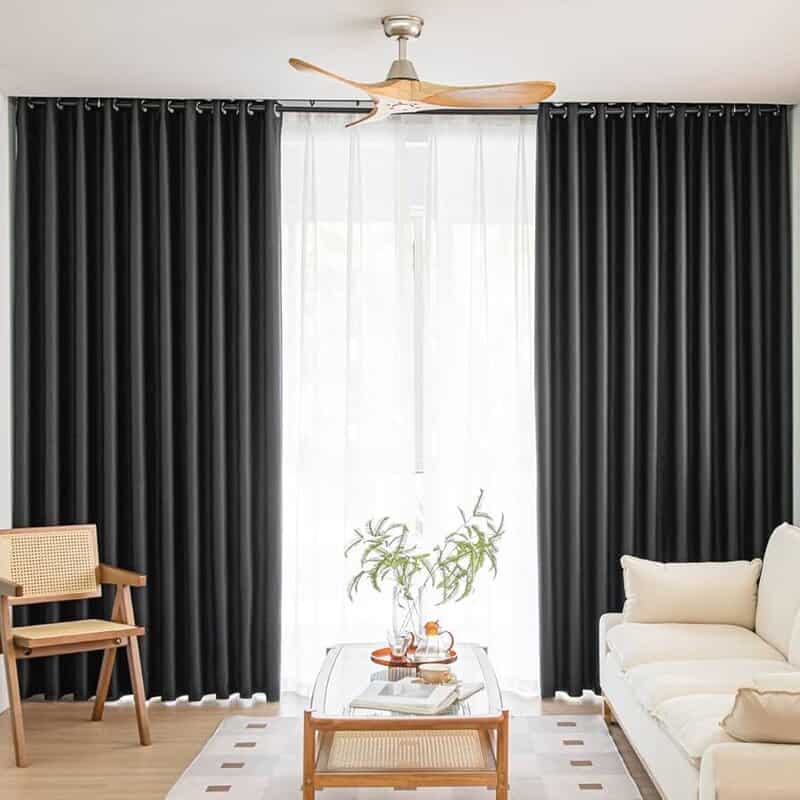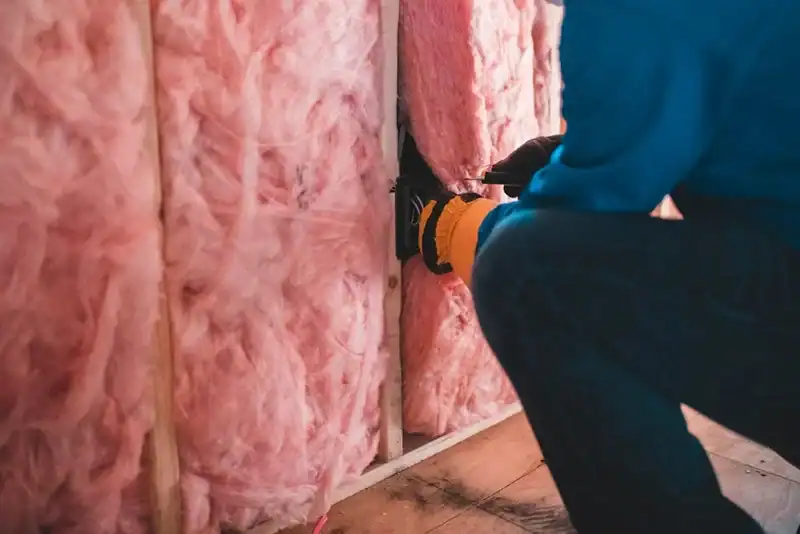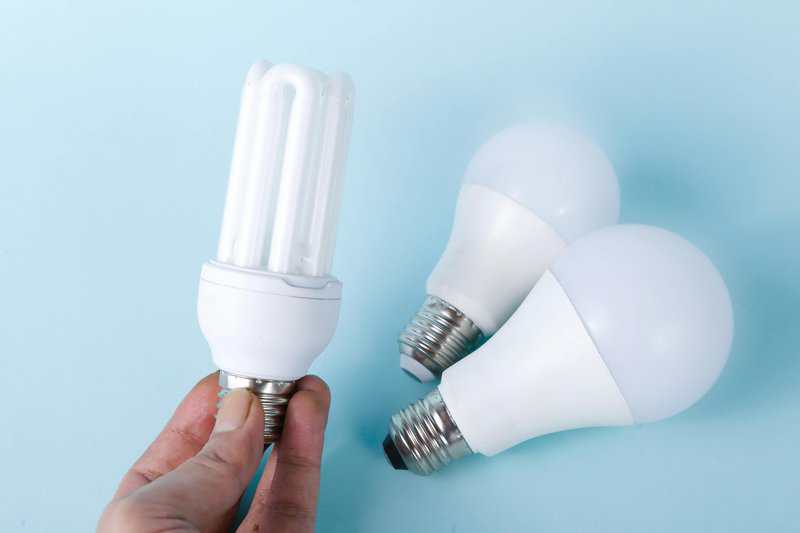As summer temperatures soar and electric bills climb, many homeowners face a tough choice: stay comfortable or keep costs down. With rising energy rates—residential electricity prices increased by about 6% in 2022, according to the EIA—running an air conditioner can feel like burning through cash.
Fortunately, there’s hope beyond traditional cooling.
This guide covers 15 simple, cost-effective ways to chill your home without an air conditioner. You’ll discover how to boost airflow, use shade strategically, and optimize insulation to slash indoor temperatures. Ready to cut bills and stay cool? Let’s get started.


